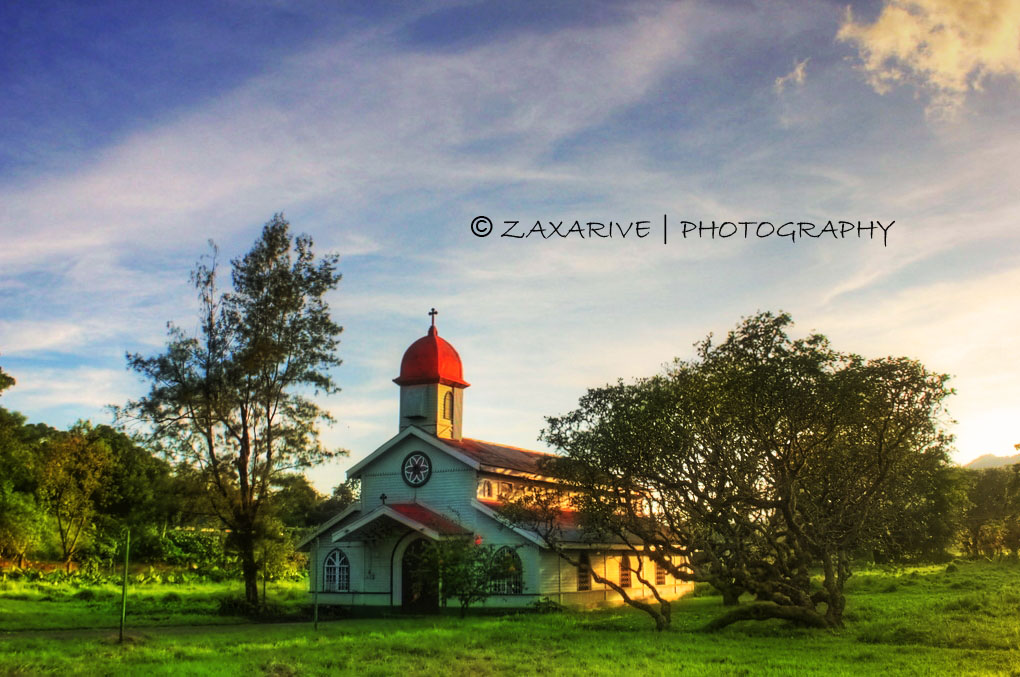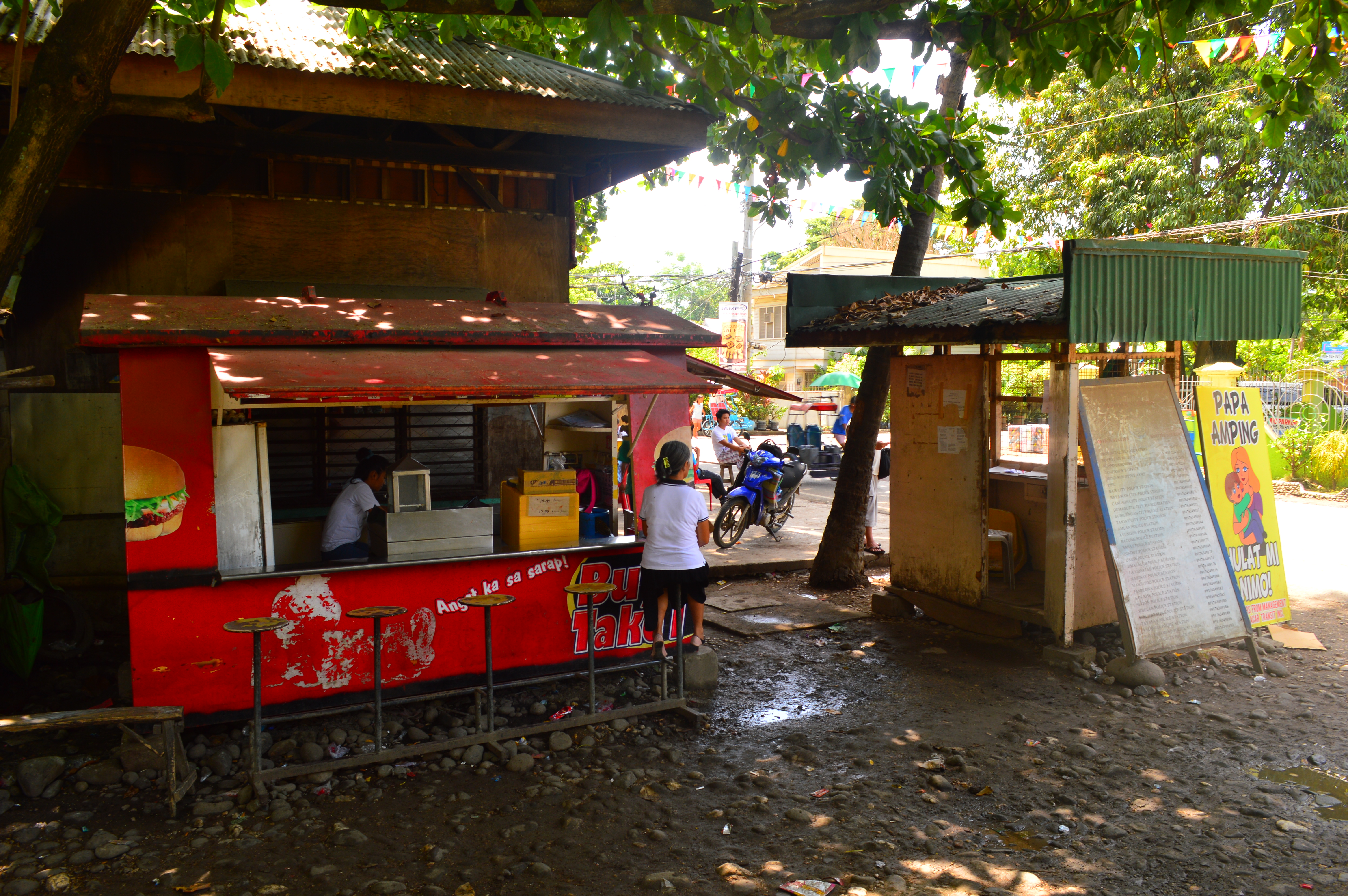|
N7 Highway
National Route 7 (N7) is a , two to six lane, major primary route that forms part of the Philippine highway network, running from Bacolod to Bayawan. History The highways of N7 were built possibly around the Spanish or American colonial period. Highway Routes were announced during 2014. During early 2017 or October 2016 as evidenced in google maps, most of the routes received its route markers, one of them being N7 highway. The roads assigned to N7 are a part of Bacolod South Road from Bacolod to Negros Occidental Provincial Capitol, Bacolod North Road from Bacolod to San Carlos, Dumaguete North Road from Vallehermoso to Negros Oriental’s kilometer 0, Dumaguete South Road from Dumaguete to Bayawan and Mayor Ramon T. Pastor Street. It is the main route of eastern portion of the island. Route description Bacolod The route starts from a route change from N6 and a junction to Negros Occidental Eco-Tourism Highway ( N69). After the route reaches the provincial capitol ... [...More Info...] [...Related Items...] OR: [Wikipedia] [Google] [Baidu] |
Bacolod South Road
The Bacolod South Road, also known as Negros South Road, is a , two-to-six lane major north–south lateral highway that connects the city of Bacolod to the municipality of Hinoba-an in the province of Negros Occidental, Philippines. The road forms part of National Route 7 (N7), National Route 6 (N6), and National Route 712 (N712) of the Philippine highway network and of the Western Nautical Highway of the Philippine Nautical Highway System. Route description True to its name, the road connects Bacolod downtown to the southern municipalities and cities of Negros Occidental up to Hinoba-an, where the province also shares its boundary with Negros Oriental. Its segment from Bacolod to Kabankalan also forms part of the Western Nautical Highway of the Philippine Nautical Highway System. Bacolod The road starts at the kilometer zero of Negros Occidental in front of the Negros Occidental Provincial Capitol in Bacolod. There, the road assumes the local name ''Lacson Street'' and is ... [...More Info...] [...Related Items...] OR: [Wikipedia] [Google] [Baidu] |
Bacolod
Bacolod, officially the City of Bacolod (; hil, Dakbanwa/Syudad sang Bacolod; fil, Lungsod ng Bacolod), is a 1st class highly urbanized city in the region of Western Visayas, Philippines. It is the capital of the province of Negros Occidental, where it is geographically situated but governed administratively independent. With a total of 600,783 inhabitants as of the 2020 census, it is the most populous city in Western Visayas and the second most populous city in the entire Visayas after Cebu City. It is the center of the Bacolod metropolitan area, which also includes the cities of Silay and Talisay with a total population of 791,019 inhabitants, along with a total area of . It is notable for its MassKara Festival held during the third week of October and is known for being a relatively friendly city, as it bears the nickname "The City of Smiles". The city is also famous for its local delicacies piaya, cansi, and chicken inasal. Etymology ''Bacólod'' ( en, Bacolod), is de ... [...More Info...] [...Related Items...] OR: [Wikipedia] [Google] [Baidu] |
N712 Highway (Philippines) , a mobile phone
* , a submarine of the Royal Navy
{{Letter-NumberCombDisambig ...
N71 may refer to: Roads * N71 road (Ireland) * Nebraska Highway 71, in the United States Other uses * N71 (Long Island bus) * Nokia N71 The Nokia N71 is a smartphone announced by Nokia on 2 November 2005 and released in June 2006. It was Nokia's joint-first clamshell smartphone, like the N92 announced on the same day. The N71 runs on Symbian OS v9.1 ( S60 3rd Edition). Features ... [...More Info...] [...Related Items...] OR: [Wikipedia] [Google] [Baidu] |
Tanjay
Tanjay, officially the City of Tanjay ( ceb, Dakbayan sa Tanjay; fil, Lungsod ng Tanjay), is a 4th class component city in the province of Negros Oriental, Philippines. According to the 2020 census, it has a population of 82,642 people. It became a city by virtue of Republic Act 9026 otherwise known as "An act converting the Municipality of Tanjay, province of Negros Oriental into a component city to be known as the City of Tanjay". The Act was approved and signed by President Gloria Macapagal Arroyo on March 5, 2001. This act, which is a consolidation of House Bill No. 8880 and Senate Bill No. 2256, was finally passed by the House of Representatives and the Senate on February 8, 2001. Tanjay was finally proclaimed a component city on April 1, 2001, after a plebiscite was conducted for the purpose. The city is part of the 2nd Congressional District of the Negros Oriental and is located north of Dumaguete City. It is bounded on the north by Bais, on the south by the Municipal ... [...More Info...] [...Related Items...] OR: [Wikipedia] [Google] [Baidu] |
Bais, Negros Oriental
Bais, officially the City of Bais ( ceb, Dakbayan sa Bais; fil, Lungsod ng Bais), is a 3rd class component city in the province of Negros Oriental, Philippines. According to the 2020 census, it has a population of 84,317 people. Etymology In the early days of Spanish exploration, some Spaniards came upon a swampy land and docked their boats at the vicinity of the two small islets that guarded the village. While exploring the place, they saw natives fishing along the coast. The Spaniards approached the natives and asked for the name of the place. The natives could not understand Spanish, and believing that the Spaniards were asking for the name of their catch, the natives answered saying "Ba-is"; from that day on, this swampy valley of the Old Panlabangan and Talamban Hills became known as Bais. History ;Pioneer in the sugar industry Negros Oriental's economy was far from progressive, and its rich soil was not utilized to its full capacity in the 1850s. During those years, peop ... [...More Info...] [...Related Items...] OR: [Wikipedia] [Google] [Baidu] |
Guihulngan
Guihulngan, officially the City of Guihulngan ( ceb, Dakbayan sa Guihulngan; fil, Lungsod ng Guihulngan), is a 5th class component city in the province of Negros Oriental, Philippines. According to the 2020 census, it has a population of 102,656 people, the third-most populous city in Negros Oriental after the cities of Dumaguete and Bayawan. Guihulngan is also dubbed by its residents as the "rising city of the north". Guihulngan is from Dumaguete. History There are several versions of how the city derived its name. The first, according to old tales, was attributed to a river flowing directly to the town proper from the mainspring in sitio Anahaw, Barangay Nagsaha, hence the name "GUIPADULNGAN" which means the point where the river flows to an end. Some of the towns of early creation were founded at the close of the 18th century and the beginning of the 19th century. Dauin, for example, was founded in 1787, Tayasan, in 1790; Jimalalud, in 1797; Guijulñgan, in 1800; and Bacong ... [...More Info...] [...Related Items...] OR: [Wikipedia] [Google] [Baidu] |
Kilometer 0
In many countries, kilometre zero (also written ''km 0'') or similar terms in other languages (also known as zero mile marker, zero milepost, control stations or control points) denote a particular location (usually in the nation's capital city) from which distances are traditionally measured, this is also used for measuring distances between different countries around the world. Historically, they were markers where drivers could set their odometers to follow the directions in early guide books. One such marker is the Milliarium Aureum ("Golden Milestone") of the Roman Empire, believed to be the literal origin for the maxim that " all roads lead to Rome". Countries Argentina Argentina marks kilometre zero with a monolith in Plaza Congreso in Buenos Aires. The work of the brothers Máximo and José Fioravanti, the structure was placed on the north side of Plaza Lorea on October 2, 1935; it was moved to its present location on May 18, 1944. An image of Our Lady of Luján (hon ... [...More Info...] [...Related Items...] OR: [Wikipedia] [Google] [Baidu] |
N69 Highway (Philippines)
The Negros Occidental Eco-Tourism Highway, officially known as the Bacolod–San Carlos Road and Bacolod–Murcia–Don Salvador Benedicto–San Carlos Road, is an scenic highway that connects the city of Bacolod to the city of San Carlos. The Alijis Road (N69) has a two-way bike lane. The entire highway is designated as National Route 69 (N69) of the Philippine highway network. History This road is assigned as N69 by the DPWH The Department of Public Works and Highways ( fil, Kagawaran ng mga Pagawain at Lansangang Bayan}), abbreviated as DPWH, is the Executive departments of the Philippines, executive department of the Philippine government solely vested with the .... Route description Bacolod to Murcia Don Salvador Benedicto to San Carlos Intersections References Roads in Negros Occidental {{Philippines-road-stub ... [...More Info...] [...Related Items...] OR: [Wikipedia] [Google] [Baidu] |
N6 Highway (Philippines)
National Route 6 (N6) is a major primary national route that forms part of the Philippine highway network in the provinces of Negros Occidental and Negros Oriental. History Route description Bacolod to Kabankalan The route starts at the junction of N7 highway, N7 (Bacolod South Road, Bacolod South Road / Araneta Avenue) and N69 (Negros Occidental Eco-Tourism Highway, Alijis Road / Bacolod–San Carlos Road) in Bacolod as Bacolod South Road. It continues N7, which terminates in Bacolod. In Bago, Negros Occidental, Bago, the road then turns away from the ''poblacion'' and becomes also known as Bacolod South By-Pass Road and locally as R.M. Salas Drive. It then regains the Bacolod South Road name shortly after crossing the Bago River. It continues its course along the western coast of Negros Occidental up to Kabankalan, wherein from barangay Binicuil it is locally known as Guanzon Street. Kabankalan to Bais In Kabankalan ''poblacion'', the route turns southeast as Ba ... [...More Info...] [...Related Items...] OR: [Wikipedia] [Google] [Baidu] |
Negros Oriental
Negros Oriental ( ceb, Sidlakang Negros; tl, Silangang Negros), officially the Province of Negros Oriental, is a province in the Philippines located in the Central Visayas region. Its capital is the city of Dumaguete. It occupies the southeastern half of the large island of Negros, and borders Negros Occidental, which comprises the northwestern half. It also includes Apo Island, a popular dive site for both local and foreign tourists. Negros Oriental faces Cebu to the east across the Tañon Strait and Siquijor to the south-east (which happened to be part of the province before). The primary spoken language is Cebuano and the predominant religious denomination is Roman Catholicism. Dumaguete City is the capital, seat of government and most populous city of the province. With a population of 1,432,990 inhabitants, it is the second most-populous province in Central Visayas after Cebu, the fifth most-populous province in the Visayas and the 19th most-populous province of the Philip ... [...More Info...] [...Related Items...] OR: [Wikipedia] [Google] [Baidu] |
Negros Occidental
Negros Occidental ( hil, Nakatungdang Negros; tl, Kanlurang Negros), officially the Province of Negros Occidental, is a Provinces of the Philippines, province in the Philippines located in the Western Visayas Regions of the Philippines, region. Its capital is the city of Bacolod. It occupies the northwestern half of the large island of Negros (Philippines), Negros, and borders Negros Oriental, which comprises the southeastern half. Known as the "Sugarbowl of the Philippines", Negros Occidental produces more than half the nation's sugar output. Negros Occidental faces the island-province of Guimaras and the province of Iloilo on Panay Island to the northwest across the Panay Gulf and the Guimaras Strait. The primary spoken language is Hiligaynon language, Hiligaynon and the predominant religious denomination is Roman Catholicism. Bacolod is the capital, seat of government and the most populous city of the province, but is governed independently as a highly urbanized city. With a ... [...More Info...] [...Related Items...] OR: [Wikipedia] [Google] [Baidu] |




